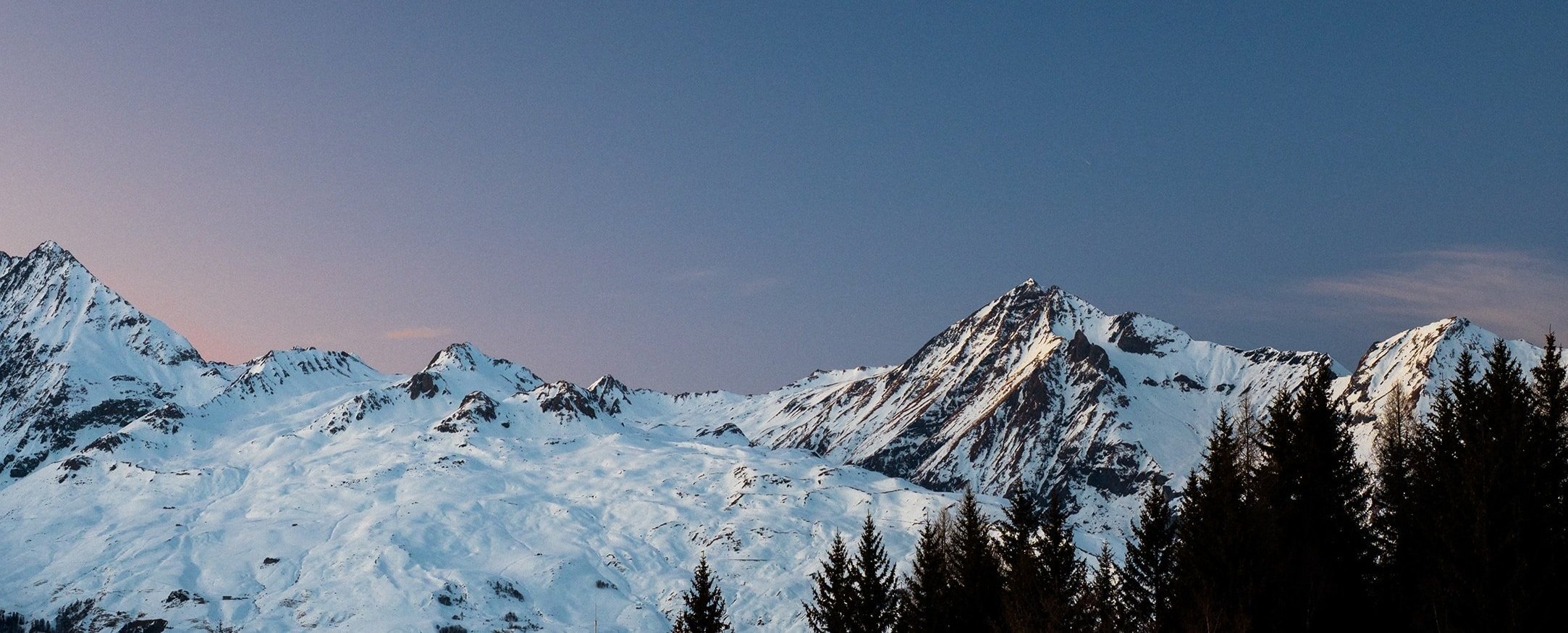
What is happening to our snowpack?
What is happening to our snowpack?
Human activities have had a significant impact on the snowpack, and continue to affect it. Rising temperatures as a result of greenhouse gas emissions and altered weather patterns causes reduced snow accumulation and earlier snowmelt. This disrupts the delicate balance of the water cycle, and water availability, which impacts ecosystems, agriculture, and the general water supply. This, along with an increased risk of drought and water scarcity, presents a significant risk to the world. It is essential to recognize the role of humans in driving these changes, and to take steps toward sustainability and protecting our snowpack.
What human activities are damaging the snowpack?
Human activities that warm the climate and affect weather patterns are altering the snowpack. Burning fossil fuels releases carbon dioxide, nitrous oxide, and methane into the air, trapping these gasses in our atmosphere, and warming the climate via the greenhouse gas effect. Humans burn fossil fuels in a variety of different ways, including: burning coal to generate power, burning gasoline to drive cars, burning oil or coal to heat and cool homes, incinerating waste, and practicing slash and burn agriculture. It’s important that we transition toward more sustainable alternatives to combat the degradation of our environment.
Is there hope for the snowpack?
The snowpack can be protected, but only with a strong community commitment to transition to a more sustainable world. This means reducing carbon emissions and utilizing renewable energy, implementing water conservation measures and efficient water management systems, reforesting the parts of the environment that have suffered, managing land in a more sustainable way, and raising awareness about what is happening and what can be done to stop climate change. Safeguarding the snowpack requires collaboration to protect our environment and secure a sustainable future.